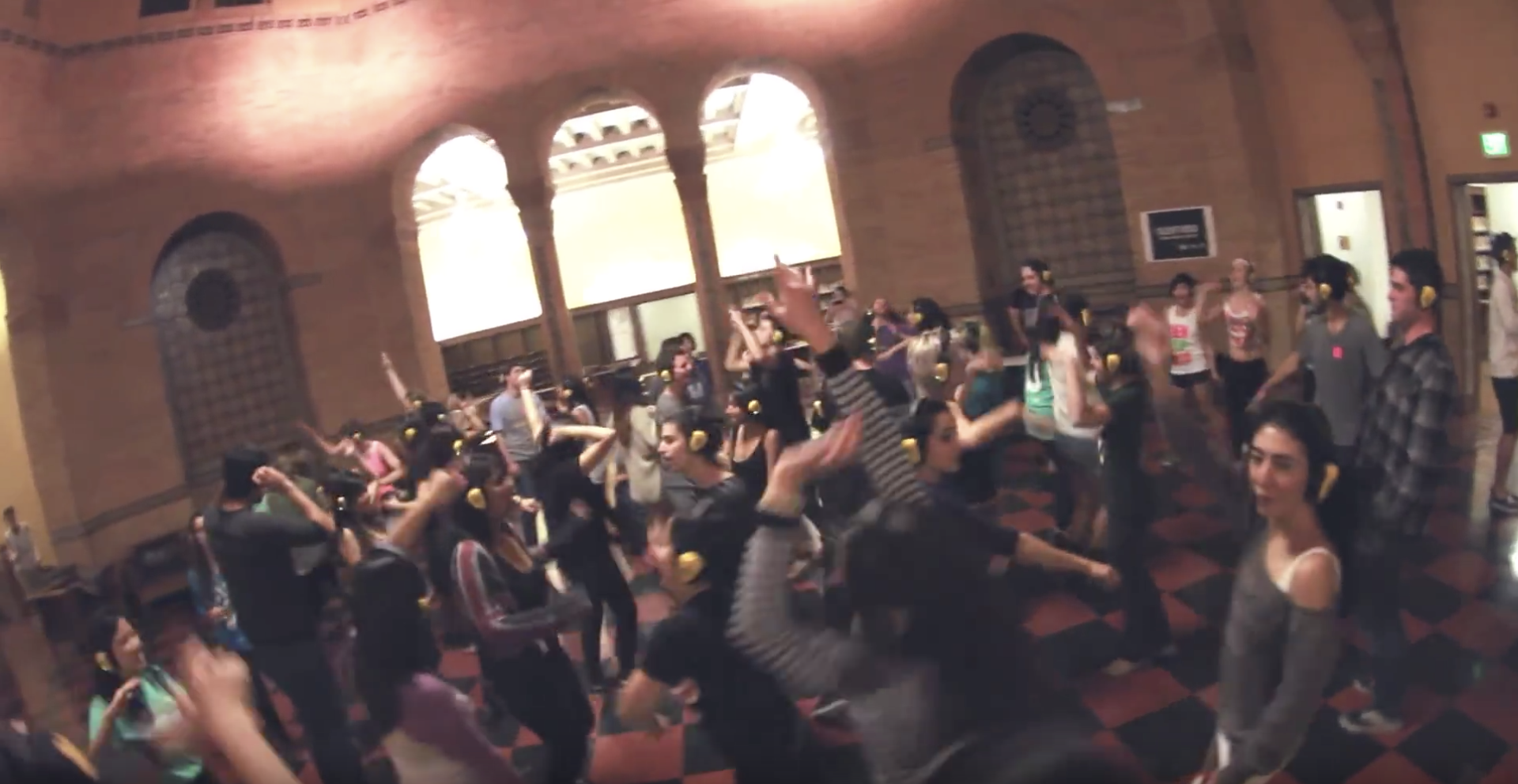
Earlier this year, someone on the leadership team at an ARL member library compared a prototype of Skilltype (then Libdot) to LinkedIn. The conversation focused on trying to figure out whether it was possible to use LinkedIn’s recruiter tools to replicate our offering. It was a natural comparison given the hypothesis of the prototype:
If libraries could communicate what makes them unique, linked data would help people who identified with those traits more easily connect.
This conversation revealed that our solution needed more refinement. but the answers won’t be found on social media. Take for example LinkedIn, and the impact social had on LinkedIn’s product strategy.
There was a point in time when LinkedIn’s product management strategy was to do everything Facebook does but for a Professional relationships. If Facebook was walking off of a cliff, LinkedIn was there to follow. In no particular order: News Feed. Photos. Videos. Ads. Friending. Pages. Groups. Blah blah blah. There was some deviation in how they managed their developer communities. Facebook gave unfettered access to APIs to everyone and used the apps built on top of them to determine what they should build natively into the core Facebook offering. LinkedIn was always more conservative with developer policies, and sought instead to monetize their partner programs and individual user experience. Developers had to apply to use LinkedIn’s APIs, and the requirements were much stricter.
Last week, the LinkedIn comparison reared its head again, but this time with less conviction than the last. A director of an iSchool asked us whether Skilltype was like LinkedIn for librarians. Since the comparison is natural to make for many people, I decided to write a post describing the differences between Skilltype and the professional social network. So here are seven ways we’re rethinking the online experience to get the best out of social in a work context.
7 Differences Between Skilltype and LinkedIn
-
Socializing vs. Working:
-
Unlimited Access vs. Contextual Access
-
Advertising Model vs. Subscription Model
-
Focus vs. Interruption
-
Employer Conflict vs. Employer Benefit
-
Increasing the Relevance Ratio